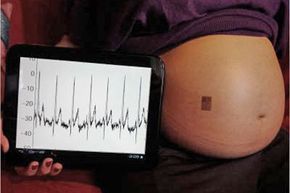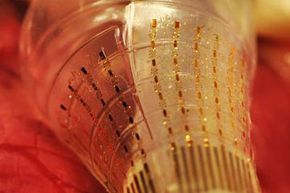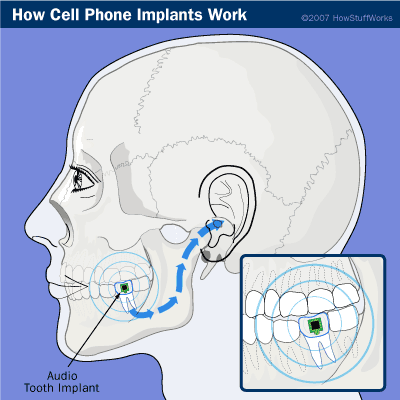I know, it sounds awesome, doesn't it?
Imagine gangs of futuristic bikers as they flex iridescent bicep skulls, or the Tesla coil crackle of tramp stamps on the beach. Surely, humanity's future is bright with the glow of electronic dolphin tattoos and neon back crucifixes.
Advertisement
If that's where your mind is, then here's some hard truth: These are not the electronic tattoos you're looking for. Yet the technology explored in this article is even more amazing -- something that may save untold lives and become a staple of modern medical care. In time, it may change fundamentally what it is to be human.
What we're talking about here are epidermal electronics: thin, flexible patches of rubber that contain equally flexible electrical components -- silicon wires mere nanometers in thickness [source: Hamzelou].
This thin film of elastic gadgetry is essentially a temporary tattoo -- you know, kind of like those lick-and-peel numbers you used to find in bubblegum wrappers as a kid. Those temporary tattoos were glue-and-ink transfers. Epidermal electronic systems, on the other hand, adhere to skin in a different way. They conform to the skin's texture, sticking firmly in place for a matter of days.
But an electronic tattoo looks less like a fire-breathing dragon and more like a thin circuitry-filled sticker. Also, it doesn't help convince your classmates that you joined a Chinese street gang over the summer. No, instead it reads your vital signs -- eavesdrops on the language of your internal systems and whispers that data to the physicians who prolong your life.
So how's that for some ink?
Advertisement






